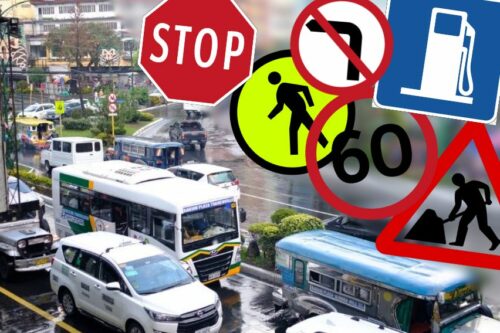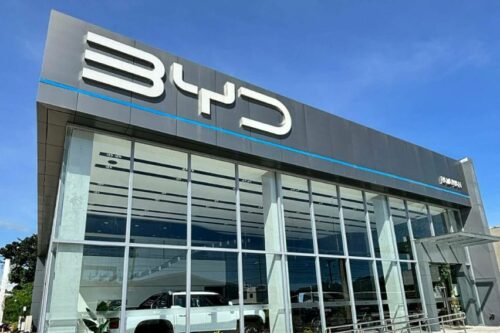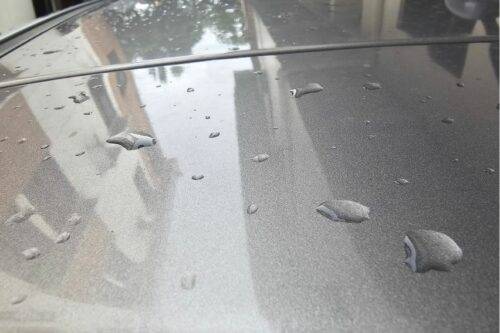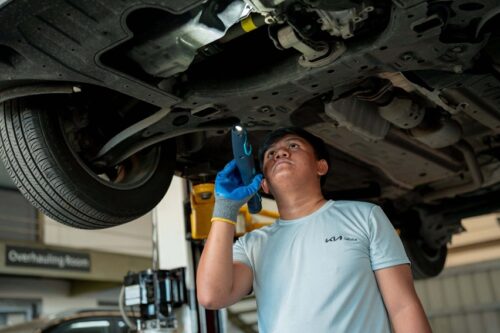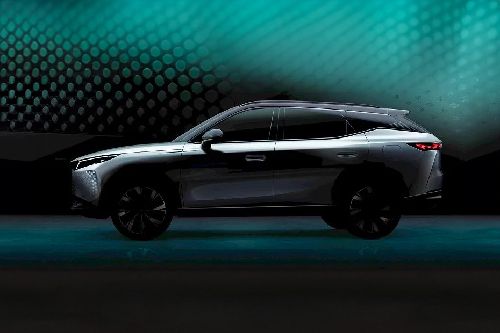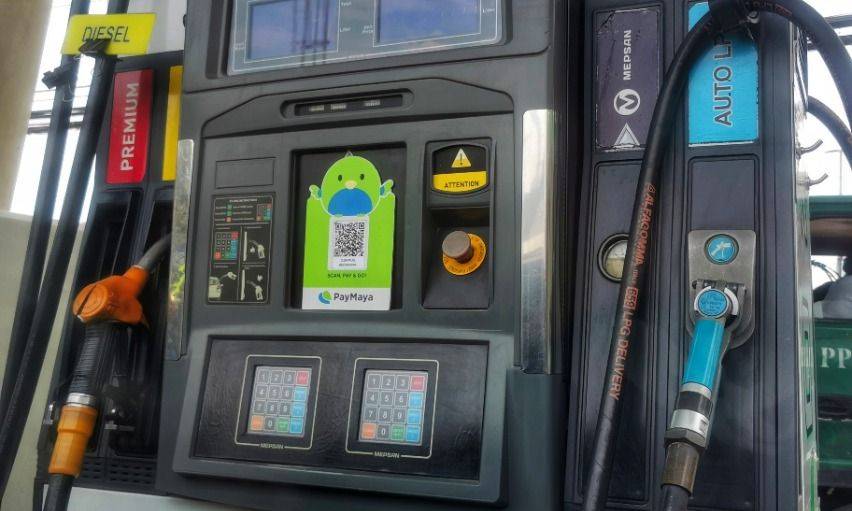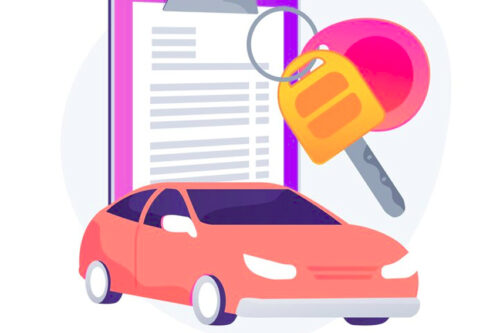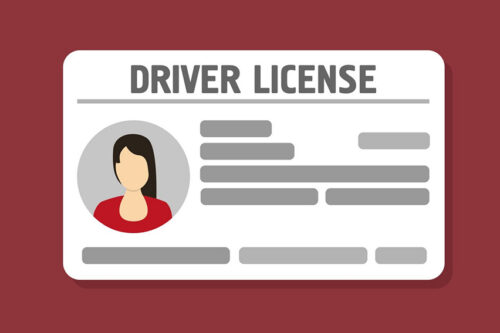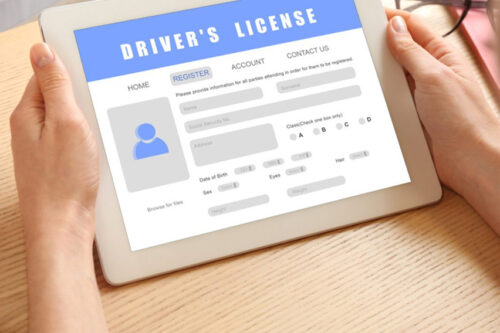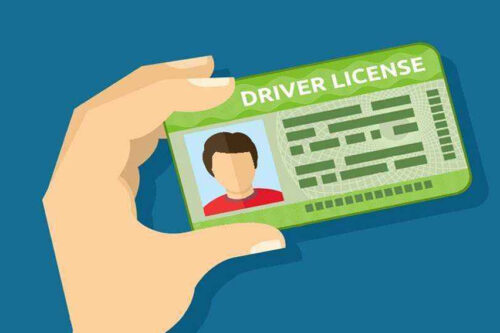What does the ECU do – and should you really be tinkering with it?
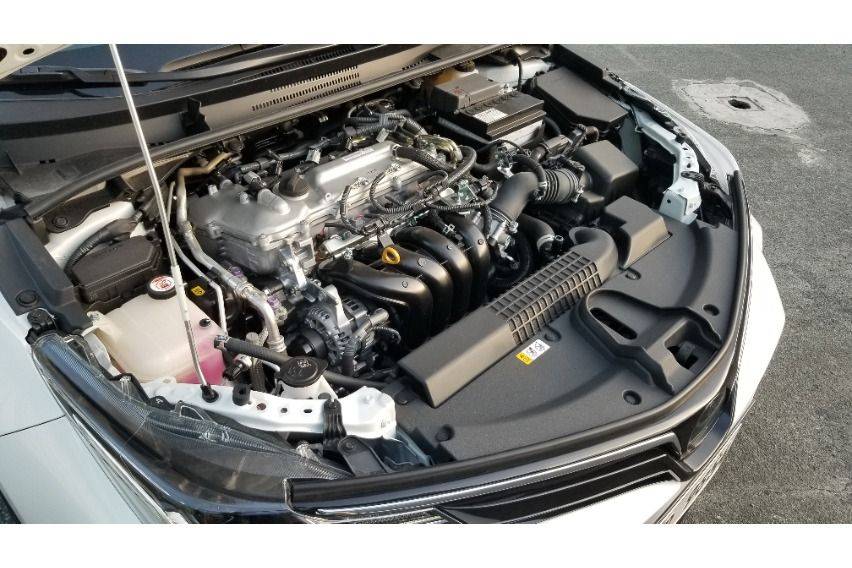
If the car's engine is its heart, then one of its important veins could be the electronic control unit (ECU). Like any other parts of the heart, the ECU plays an important role in the car's engine.
KEY TAKEAWAYS
Where is the vehicle ECU located?
ECU packaging varies from make and model of vehicle. Most of the time though, you'd find the ECU not too far away from the engine; they're either located in the engine bay or somewhere in the front of the car’s interior, such as the glove box or under the dashboard.Is doing a vehicle ECU remap safe?
Remapped ECUs will increase the engine’s power output or enhance fuel economy. Keep in mind, however, that remapping ECUs could invalidate a car's warranty or damage the engine.What is an ECU?
The ECU goes by several names, such as engine control unit or an engine management system, according to British automotive buying website carwow.
The main aim of the ECU is to keep the engine working smoothly. On cars equipped with electronic fuel injection, the ECU can control the amount of fuel that enters the engine’s cylinders. By doing so, the fuel-air mixture in the cylinders, when compressed, is optimized.
As a result, this maximizes the car’s power and lowers the amount of fuel wasted.
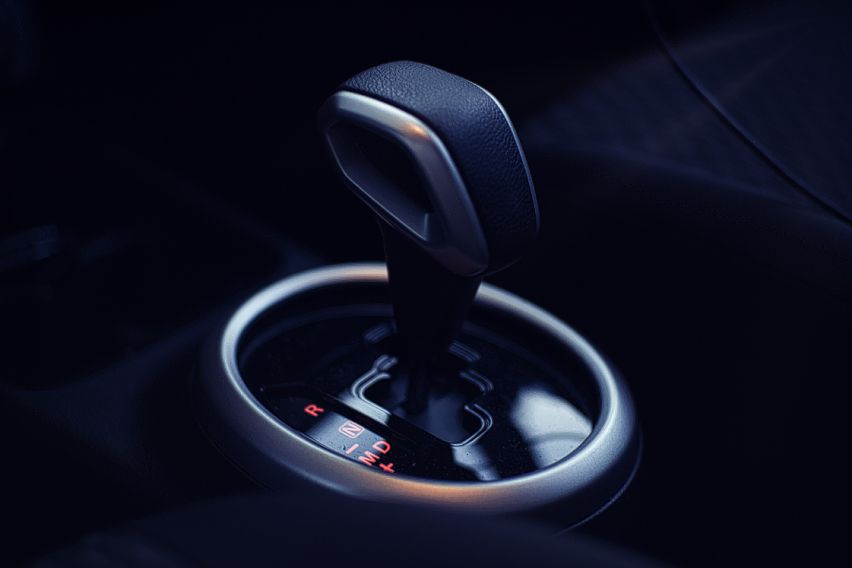
Aside from the engine and its control, the ECU is used to regulate many systems and subsystems in a car's drivetrain and other components. It also manages the brakes and safety features through software embedded in the ECU, machinery manufacturer Hitachi explained.
The ECU makes it possible to upgrade the functions or correct failures of a car, even after it's sold, by updating the software embedded in the ECU, the company added.
Where is the ECU located in the car?
ECU packaging varies from make and model of vehicle.
Most of the time, though, you'd find the ECU not too far away from the engine; they're either located in the engine bay or somewhere in the front of the car’s interior, such as the glove box or under the dashboard. The owner's manual should provide the exact location of the ECU.
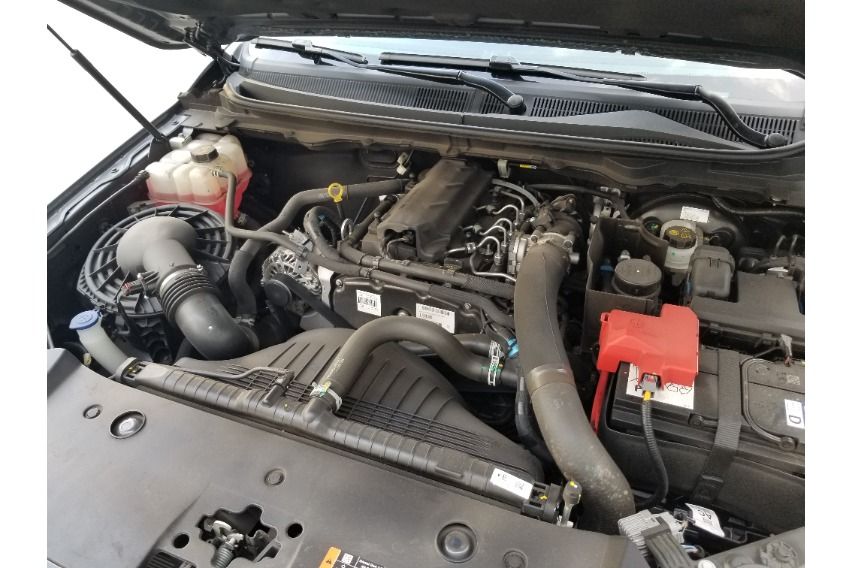
Hitachi added another bit of info on the ECU: "The more complicated the vehicle functions have become, the larger the number of ECUs incorporated. In some cases, there are over 100 ECUs mounted in a car."
Signs of faulty ECU in cars
Because the ECU controls many functions on modern cars, the effects of a faulty ECU show in various ways. For example, the engine warning light could appear on the dashboard, and as a result, the car's fuel economy and performance could get worse. The engine may also refuse to start, or stall.
A damaged ECU can cause problems in an automatic transmission's gear shifting, or cause sudden jerking or stopping that's similar to transmission problems. Issues related to the onboard car computers are also a sign of a faulty ECU.
Can the ECU be replaced with a different one?
Yes, the car's ECU can be replaced. However, since the ECU is often programmed specifically to a single make or model of car, doing so isn’t quite as straightforward as taking out the old ECU and plugging in a new one.
Should your car need to have a replacement ECU, it's best having this done at an authorized service center (casa). This is because official service centers should have the tools and equipment needed to do a extensive job like this, whereas an independent garage (talyer) likely won’t.
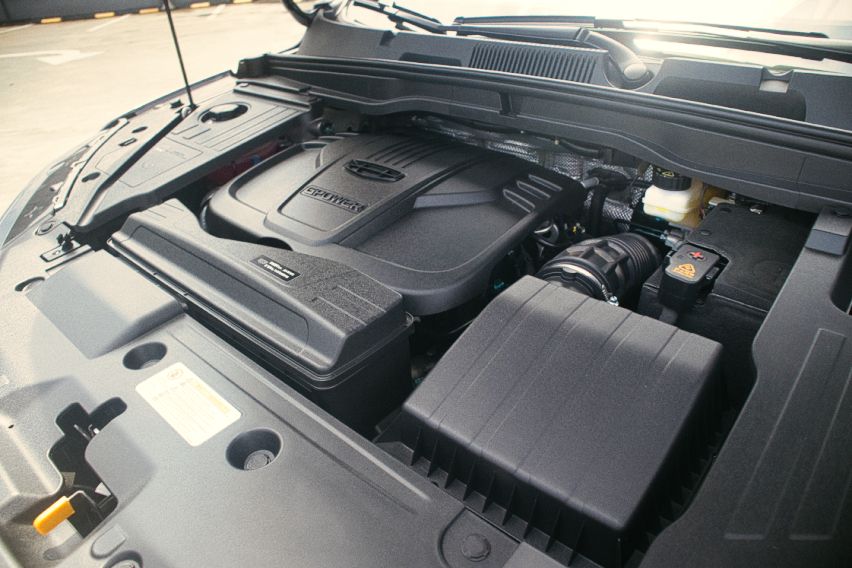
Can and should you tune a car’s ECU?
It's possible to tune a car’s ECU through uploading a new piece of software onto the ECU. A process known as remapping, this can increase an engine's output or fuel economy. There are a number of aftermarket companies that can tune a car’s ECU.
Before you have your car's ECU tuned or remapped, there are some risks you should consider. The ECU of older vehicles, such as those made before the year 2000, may not have the software that can handle a remap. In the majority of cases, remapping a newer car's ECU will also invalidate its warranty.
A faulty ECU remap job could also result in engine failure — so it's best to have a remap done at a reputable garage.
But if you think doing away with the warranty is worth the trade-off for more engine power and efficiency, then go ahead and have an ECU remap done. Just keep in mind those aforementioned risks.
Photos from Kent Flores, Roy Robles, and Dylan Afuang
Sell your car at the best price
 Verified and genuine buyers
Verified and genuine buyers
Trending & Fresh Updates
- Latest
- Popular
You might also be interested in
- News
- Featured Stories
Featured Cars
- Latest
- Upcoming
- Popular
Latest Car Videos on Zigwheels

Car Articles From Carmudi
- journal
- advice
- financing
- insurance












